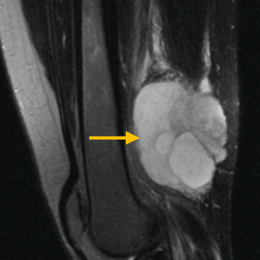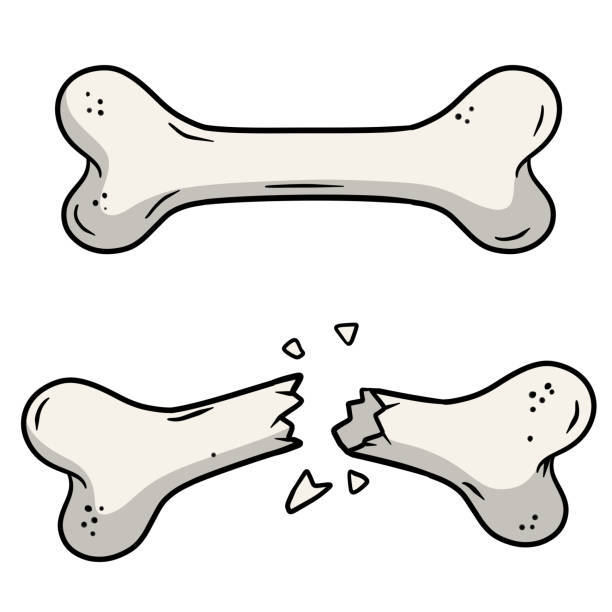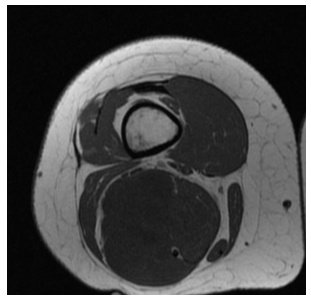Pleomorphic Liposarcoma
Pleomorphic liposarcoma is a malignant, or cancerous, soft-tissue tumor that most commonly occurs intramuscularly or subcutaneously. It is the least common subtype of liposarcomas, however treated similarly to other liposarcomas, including surgical resection or removal of the tumor.















